
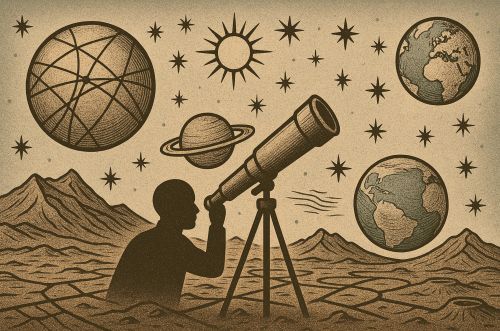
The arc from Lowell’s imagined Martian engineers to Webb’s atmospheric spectroscopy demonstrates not only the persistence of human curiosity but the resilience of science in refining questions and methods.

By Matthew A. McIntosh
Public Historian
Brewminate
Introduction
The question of whether life exists beyond Earth has haunted human imagination for millennia. Ancient philosophers speculated about “innumerable worlds,” while Renaissance astronomers considered planets as possible abodes of life. Yet the modern, intentional, scientific search for extraterrestrial life is relatively recent. It is not until the late eighteenth and nineteenth centuries that curiosity about life on other worlds began to shift from philosophical speculation into serious astronomical and scientific inquiry.
This essay traces the evolution of that inquiry, from early enthusiasm for Martian canals to the creation of exobiology, the birth of SETI, and the current exoplanet revolution. Along the way, it considers both the imaginative leaps and the technological breakthroughs that shaped how scientists framed the search. The story is not only about life elsewhere but about how human beings have redefined the very boundaries of science, moving from wonder and speculation to structured, multidisciplinary investigation.
18th–19th Century Astronomical Curiosity

The late eighteenth century was a period of extraordinary expansion in astronomy, and some of its leading figures speculated freely about extraterrestrial life. William Herschel, discoverer of Uranus in 1781, believed that the Moon and even the Sun could be inhabited by advanced beings.1 Though his conclusions were erroneous, they reflected a serious attempt to interpret celestial bodies in terms of habitability.
In the nineteenth century, Mars became the focus of planetary fascination. Italian astronomer Giovanni Schiaparelli’s telescopic observations in 1877 noted linear features he called canali (channels). The term was mistranslated in English as “canals,” suggesting artificial construction.2 American astronomer Percival Lowell seized upon this, arguing that the Martians had engineered vast canal networks to transport water from polar ice caps.3 His theories were widely circulated through books, lectures, and popular media, igniting a cultural frenzy around intelligent Martians.
Although Lowell’s claims were ultimately discredited, the episode illustrates how nineteenth-century astronomy blended observation with imaginative speculation. These debates captured public enthusiasm and showed the thin line between data and cultural projection.
Early 20th Century: Between Speculation and Science

As telescopes improved, the Martian canal hypothesis lost credibility. Astronomers failed to confirm Lowell’s features, and many came to see them as optical illusions. Yet speculation about life persisted in new forms. The Swedish chemist Svante Arrhenius proposed in 1903 the theory of panspermia, suggesting that microbial life could travel through space via radiation pressure, seeding planets across the cosmos.4 Though controversial, his theory reframed life as a cosmic, rather than exclusively terrestrial, phenomenon.
Writers like Camille Flammarion kept public interest alive with works such as La pluralité des mondes habités (1862), which speculated about life on countless planets.5 The cultural fascination with alien life reached new heights in 1938, when Orson Welles’ radio adaptation of The War of the Worlds sparked panic among listeners who mistook the fictional Martian invasion for fact. The incident underscored the tension between scientific skepticism and popular imagination.
Mid-20th Century: From Fiction to Exobiology
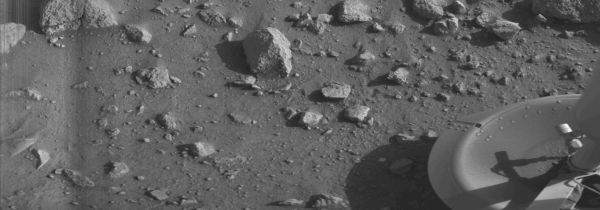
The mid-twentieth century marked a decisive turning point. The postwar period brought new technologies, the rise of the space race, and an explosion of optimism about science’s potential. Against this backdrop, Nobel Prize–winning microbiologist Joshua Lederberg coined the term “exobiology” in the 1950s to describe the scientific study of life beyond Earth.6 He urged NASA to consider the possibility of contamination in planetary exploration and pushed for biological experiments on interplanetary missions.
NASA embraced this vision. The Viking landers sent to Mars in 1976 carried instruments designed to test for microbial metabolism in Martian soil.7 Although results were inconclusive and hotly debated, they represented the first systematic, government-backed attempt to detect extraterrestrial life.
At the same time, public culture exploded with UFO sightings and the rise of flying saucer mythology. While many scientists distanced themselves from popular ufology, the cultural atmosphere kept extraterrestrial life in the public consciousness. The distinction between pseudoscience and legitimate scientific search became sharper than ever.
The Birth of SETI and Organized Listening
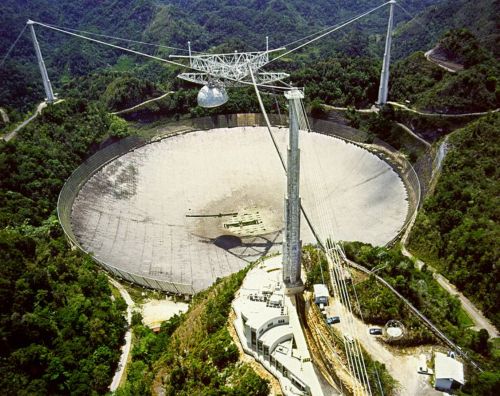
If exobiology framed the possibility of microbial life, the search for extraterrestrial intelligence (SETI) framed the possibility of communication. In 1959, Giuseppe Cocconi and Philip Morrison published an influential paper suggesting that radio waves provided a plausible medium for interstellar communication.8 The following year, Frank Drake conducted the first deliberate search, Project Ozma, tuning a radio telescope to nearby stars Tau Ceti and Epsilon Eridani.9 Though the effort detected no signals, it marked the birth of organized SETI.
Drake also introduced the famous equation that bears his name in 1961, estimating the number of communicative civilizations in the galaxy.10 The Drake Equation did not provide definitive answers, but it structured scientific conversation by breaking the question into measurable factors: star formation rates, planet frequency, biosignature emergence, intelligence, and technological lifespan.
The Cold War context heightened both interest and stigma. To some, SETI epitomized the optimism of science. To others, it looked like science fiction masquerading as research. Funding waxed and waned, but the effort had firmly entered the domain of legitimate scientific inquiry.
Late 20th Century: Expanding the Search
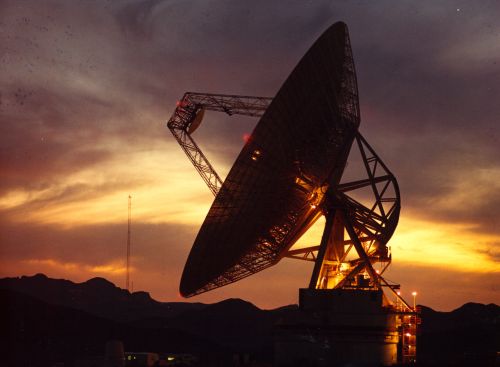
The 1970s and 1980s saw expanded planetary exploration and refinements in SETI. The Viking experiments had not resolved the question of Martian life, but they inspired new thinking about habitability. Astronomers began to speculate that icy moons like Europa or Enceladus could harbor subsurface oceans capable of supporting life.11
SETI itself grew into larger projects. In 1973, NASA began to coordinate searches more systematically, culminating in the High Resolution Microwave Survey (HRMS) in 1992. However, Congress canceled the program in 1993, dismissing it as frivolous.12 Despite the setback, SETI research continued through private initiatives.
Meanwhile, Carl Sagan popularized these ideas through his television series Cosmos (1980) and his novel Contact (1985). His influence helped shift extraterrestrial life from the fringe into the mainstream of popular science.
The Exoplanet Revolution (1990s–2000s)
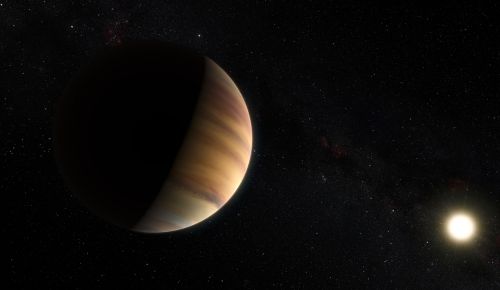
The discovery of exoplanets transformed the field. In 1995, Michel Mayor and Didier Queloz confirmed the existence of 51 Pegasi b, the first planet orbiting a Sun-like star.13 This breakthrough opened a floodgate: thousands of exoplanets have since been discovered, many within habitable zones.
The search began to pivot from radio listening to biosignatures. Instead of asking “are there intelligent civilizations?” scientists increasingly asked “can we detect signs of life in exoplanet atmospheres?” The Kepler Space Telescope, launched in 2009, revealed that Earth-sized planets in habitable zones are common.14
The exoplanet revolution shifted the balance of evidence. Whereas Martian canals and Viking experiments relied on ambiguous data, exoplanet surveys provided statistical confidence that life-friendly environments are abundant.
21st Century: Astrobiology and the New Search
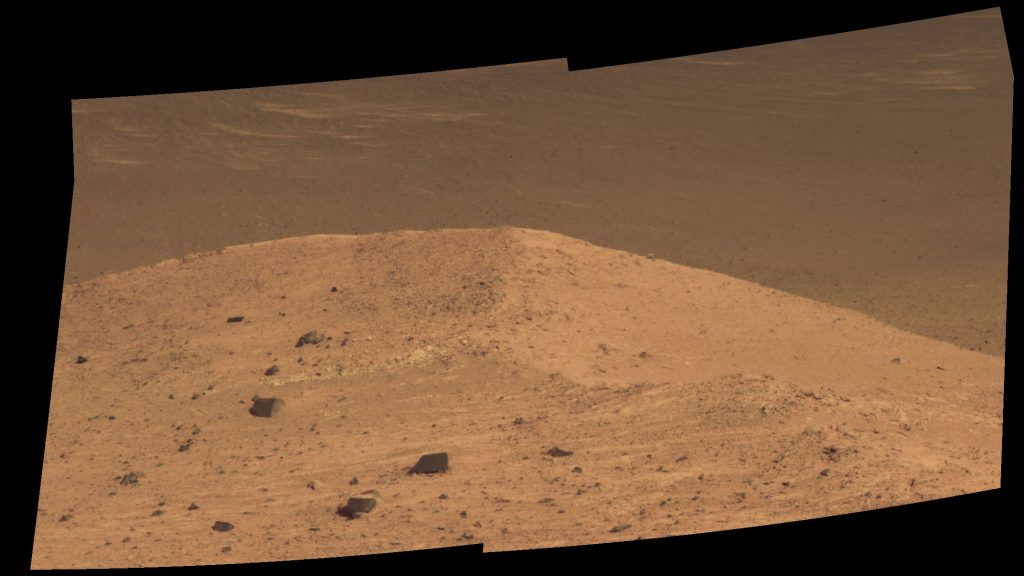
In the twenty-first century, astrobiology matured into a full-fledged, multidisciplinary science. NASA, ESA, and other agencies integrated astrobiology into planetary missions, combining microbiology, chemistry, planetary geology, and astronomy. Missions like the Mars rovers, the upcoming Europa Clipper, and Dragonfly to Titan explicitly target questions of habitability.
SETI has also diversified. Researchers now search not only for radio signals but also for optical pulses, megastructures, and technosignatures.15 The search for intelligent life has become broader and more methodical, with improved sensitivity and expanded parameters.
The James Webb Space Telescope, launched in 2021, represents a culmination of these efforts. Its instruments are capable of detecting atmospheric biosignatures such as oxygen, methane, or combinations suggestive of metabolic processes.16 For the first time, humanity possesses the tools to test entire worlds for signs of life at interstellar distances.
What began as speculation about Martian canals has become a rigorous science of exoplanet habitability. The field now stands on the edge of discoveries that could reshape humanity’s place in the cosmos.
Conclusion
The scientific search for extraterrestrial life has evolved over two centuries from the speculative astronomy of Herschel and Lowell to the sophisticated astrobiology of today. Nineteenth-century enthusiasm for Martian canals blurred imagination and science, but it planted the seeds for a deeper inquiry. The mid-twentieth century institutionalized the search through exobiology and SETI, while the late twentieth century expanded it into planetary missions and public culture. The twenty-first century exoplanet revolution has transformed possibility into probability, with biosignature detection now within reach.
The arc from Lowell’s imagined Martian engineers to Webb’s atmospheric spectroscopy demonstrates not only the persistence of human curiosity but the resilience of science in refining questions and methods. What once seemed fantasy is now framed by data. Humanity may not yet know whether it is alone in the universe, but for the first time, the tools exist to begin answering the question with confidence.
Appendix
Notes
- Michael Hoskin, William Herschel and the Construction of the Heavens (Cambridge: Cambridge University Press, 1963), 211–15.
- Giovanni Schiaparelli, La vita sul pianeta Marte (Milan: Hoepli, 1893).
- Percival Lowell, Mars and Its Canals (New York: Macmillan, 1906).
- Svante Arrhenius, Worlds in the Making: The Evolution of the Universe (New York: Harper, 1908), 212–20.
- Camille Flammarion, La pluralité des mondes habités (Paris: Mallet-Bachelier, 1862).
- Joshua Lederberg, “Exobiology: Approaches to Life Beyond the Earth,” Science 132, no. 3418 (1960): 393–400.
- Harold P. Klein, “The Viking Mission and the Search for Life on Mars,” Reviews of Geophysics 17, no. 7 (1979): 1655-1662.
- G. Cocconi and P. Morrison, “Searching for Interstellar Communications,” Nature 184 (1959): 844–46.
- Frank D. Drake, “Project Ozma,” Physics Today 14, no. 4 (1961): 40–46.
- Frank Drake and Dava Sobel, Is Anyone Out There? (New York: Delacorte, 1992), 51–57.
- Richard Greenberg, Unmasking Europa: The Search for Life on Jupiter’s Ocean Moon (New York: Springer, 1979).
- Steven J. Dick, ““The Search for Extraterrestrial Intelligence and the NASA High Resolution Microwave Survey (HRMS): Historical Perspectives,” Space Science Reviews 64 (1993): 93.
- Michel Mayor and Didier Queloz, “A Jupiter-Mass Companion to a Solar-Type Star,” Nature 378 (1995): 355–59.
- William J. Borucki et al., “Kepler Planet-Detection Mission: Introduction and First Results,” Science 327, no. 5968 (2010): 977–80.
- Jill Tarter, “The Search for Extraterrestrial Intelligence (SETI),” Annual Review of Astronomy and Astrophysics 39 (2001): 511–48.
- Nikku Madhusudhan, “Exoplanetary Atmospheres: Key Insights, Challenges, and Prospects,” Annual Review of Astronomy and Astrophysics 57 (2019): 617–63.
Bibliography
- Arrhenius, Svante. Worlds in the Making: The Evolution of the Universe. New York: Harper, 1908.
- Borucki, William J., et al. “Kepler Planet-Detection Mission: Introduction and First Results.” Science 327, no. 5968 (2010): 977–80.
- Cocconi, Giuseppe, and Philip Morrison. “Searching for Interstellar Communications.” Nature 184 (1959): 844–46.
- Dick, Steven J. “The Search for Extraterrestrial Intelligence and the NASA High Resolution Microwave Survey (HRMS): Historical Perspectives.” Space Science Reviews 64 (1993).
- Drake, Frank D. “Project Ozma.” Physics Today 14, no. 4 (1961): 40–46.
- Drake, Frank, and Dava Sobel. Is Anyone Out There?. New York: Delacorte, 1992.
- Flammarion, Camille. La pluralité des mondes habités. Paris: Mallet-Bachelier, 1862.
- Greenberg, Richard. Unmasking Europa: The Search for Life on Jupiter’s Ocean Moon. New York: Springer, 1979.
- Hoskin, Michael. William Herschel and the Construction of the Heavens. Cambridge: Cambridge University Press, 1963.
- Klein, Harold P. “The Viking Mission and the Search for Life on Mars.” Reviews of Geophysics 17, no. 7 (1979): 1655-1662.
- Lederberg, Joshua. “Exobiology: Approaches to Life Beyond the Earth.” Science 132, no. 3418 (1960): 393–400.
- Lowell, Percival. Mars and Its Canals. New York: Macmillan, 1906.
- Madhusudhan, Nikku. “Exoplanetary Atmospheres: Key Insights, Challenges, and Prospects.” Annual Review of Astronomy and Astrophysics 57 (2019): 617–63.
- Mayor, Michel, and Didier Queloz. “A Jupiter-Mass Companion to a Solar-Type Star.” Nature 378 (1995): 355–59.
- Schiaparelli, Giovanni. La vita sul pianeta Marte. Milan: Hoepli, 1893.
- Tarter, Jill. “The Search for Extraterrestrial Intelligence (SETI).” Annual Review of Astronomy and Astrophysics 39 (2001): 511–48.
Originally published by Brewminate, 09.19.2025, under the terms of a Creative Commons Attribution-NonCommercial-NoDerivatives 4.0 International license.


